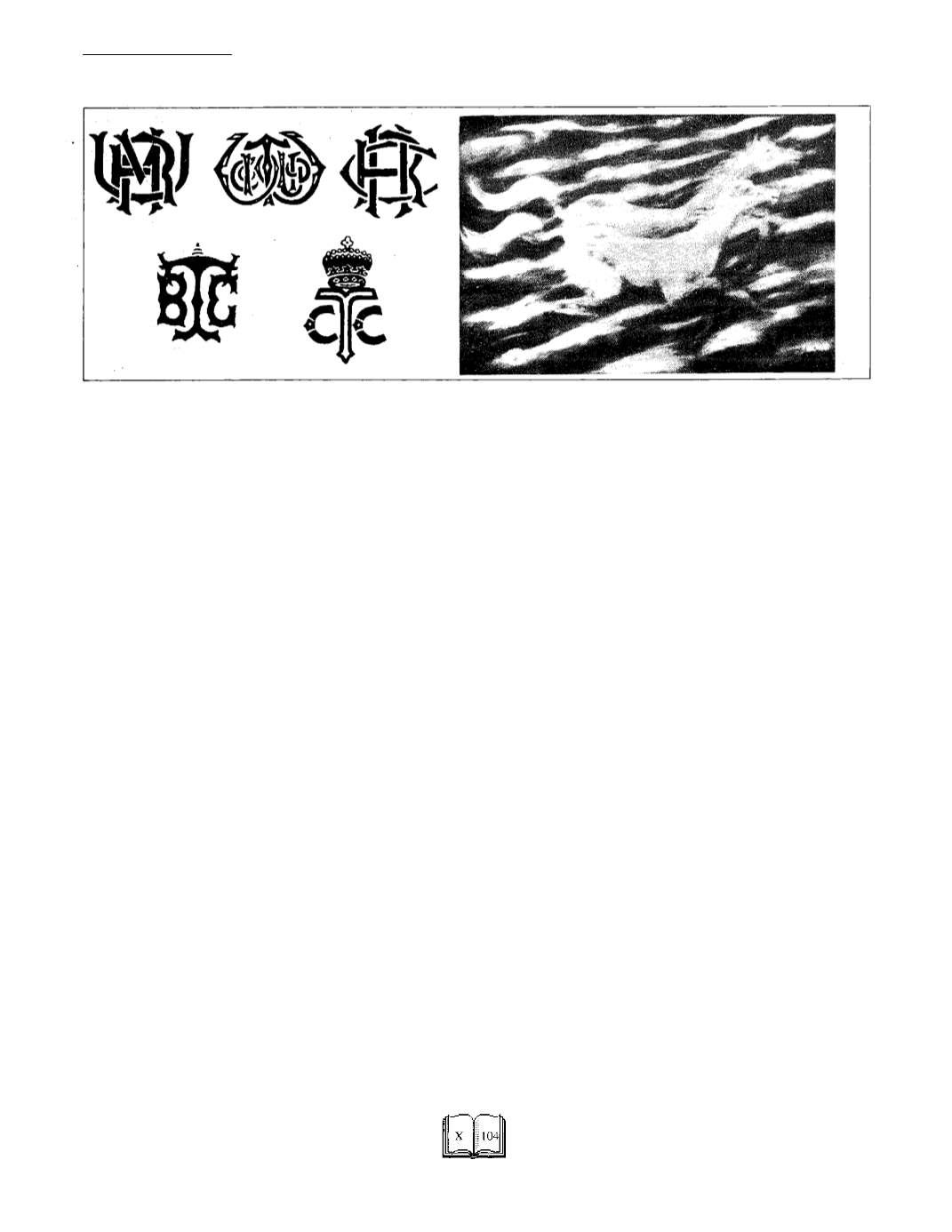

A GREAT DESTINATION
ETERNAL
INDIA
encyclopedia
TURF
Indian racing has come a long way; the Indian breed has come to
stay with an identity of its own. Apart from Arab blood, other
foreign blood also has come to India particularly from England, Ire-
land, France and Australia. All this has gone into the making of the
Indian thoroughbred. The Indian through bred came on the scene
slowly but surely. As a corollary to this came the publication of the
Indian Stud Book.
It is on record that in the year 1894 there were no less than 73
race courses in India. The number has since considerably decreased
but the fact remains that it is today the preserve of such centres as
are serious in the preservation of this “Sport of Kings”.
Breeding has received a new twist with stud farms all over the
country emphasising a more scientific approach to the industry. The
foals produced by many stud farms have the stamp of strength,
stamina and soundness. The biggest single contribution in this
direction was given by Maj. Dennis Vanrenon. He more than any
one else was responsible for the toughness of the Indian breed. A
significant contribution came from no less a person than Sir Victor
Sasoon, a celebrity in the world of racing. Indian race horse breed-
ing is richer on account of the patronage extended by him.
Further impetus to this cause was extended by the late
K.M.Munshi, Home Minister in the Bombay Cabinet whose slogan,
“Indianise the Royal Western India Turf Club” found favour with
the amendment of the Race Course Licensing Act of 1912. Indiani-
sation of the race horse was unmistakably seen.
In the recent past, control of racing vested with such authorities
as The Royal Calcutta Turf Club operating from Calcutta, The Royal
Western India Turf Club Ltd., operating from Bombay and The
South India Turf Club with its headquarters at Madras. Then came
another significant move and a central racing controlling authority,
under the nomenclature of the Turf Authorities of India, came into
being with 5 centres as its constituent units. This saw the emer-
gence of the Royal Western India Turf Club Ltd., the Royal Calcutta
Turf Club, the Madras Race Club - now designated the Department
of Racing, Government of Tamil Nadu, Madras - the Bangalore Turf
Club Ltd and the Hyderabad Race Club — all these invested with
autonomy with a bond of affiliation with the Turf Authority of India.
The representatives of the Turf Authorities meet periodically for
the promotion of the game with emphasis on co-ordination to a
clear-cut system. The Turf Invitation Cup is conducted by the Turf
Authorities acting in unison with one another and carrying this
"Symbol of Supremacy" to the five different centres by rotation.
The inaugural Turf Invitation Cup was held in Bombay in the year
1963 and has since travelled to the other centres each year strictly
in compliance with the adumberated scheme of rotation. To the
prestigious event are added The Stayers Cup and The Sprinters Cup
to pronounce the Champion Stayer and the top Sprinter in the coun-
try. The Invitation Cup is The Blue Riband of the Turf and is served
by sponsorship which has come to stay.
The racing centres have kept abreast of the developing techno-
logical demands of the game. The photo-finish camera, the elec-
tronic automatic timer, the starting stalls, - to name a few - are the
modern gadgets that have added to the efficiency and sophistication-
of the game.
The Indian sub-continent has no dearth of talent either with the
jockeys or with the professional trainers. Fred Archer was su-
preme in his days and Lester Piggot became a legencj in his life-
time. On the American scene came Bill Shoemaker, who is out of
the saddle on account of his unfortunate near-fatal accident. Vin-
cent O'Brien, Henry CeciJ on the English scene and Woody
Stephens, Charlie Whittingham and D.Wayne Lukas on the Ameri-
can scene are some of the leading lights in the realm of training but
the Indian scenario has its own quota of top men in both the depart-
ments.
If the Maktoums of Dubai, Khalid Abdulla, the Aga Khan and
Robert Sangster have high credentials as owners, we have within
the country such distinguished personalities as Dr. M.A. M.
Ramaswamy, Vijay Mallya and the Khaitans of Calcutta.
Inter-venue betting has literally saved quite a few of the race
courses from the brink of closure. The popularity of inter-venue
betting speaks for itself. The payments on on-course racing are big
and enormous and the takings are inadequate to meet the situation.
Inter-venue betting helps meet the enormous expenditure and pay-
ments and brings in large resources. It is the "silver lining" which
has literally saved the race courses.
The country has gained in stature on the racing firmament.
There is a clear recognition to Indian racing as could be inferred from
the very many international conferences, symposiums and meets
that have taken place in the country. As if to add to this reputation
thus far built, is the forthcoming 24th Asian Racing Conference to
be held in India in Dec 94. Indian racing is on the march.
(M.S.H.J)
















